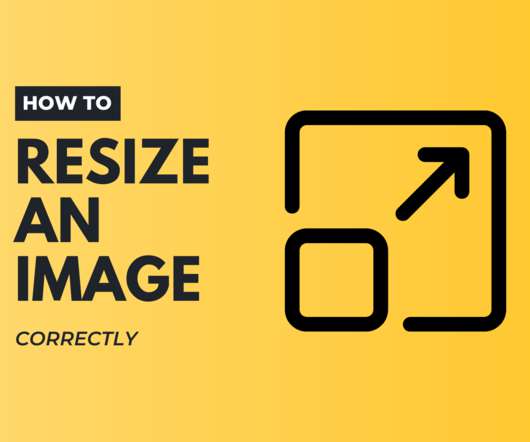Preventing Blurry Pictures: The Keys to Clear Images
TechSmith Camtasia
MAY 16, 2017
Tips for resizing images: Maintain aspect ratio (ex: 4:3) to avoid distorting your image (stretching or squishing). Use an image editing program to resize when possible to get the right size, rather than inserting an image and trying to resize in-program (ex: WordPress, Google Docs, etc.). PNG vs JPG. Cropping Your Image.
















Let's personalize your content